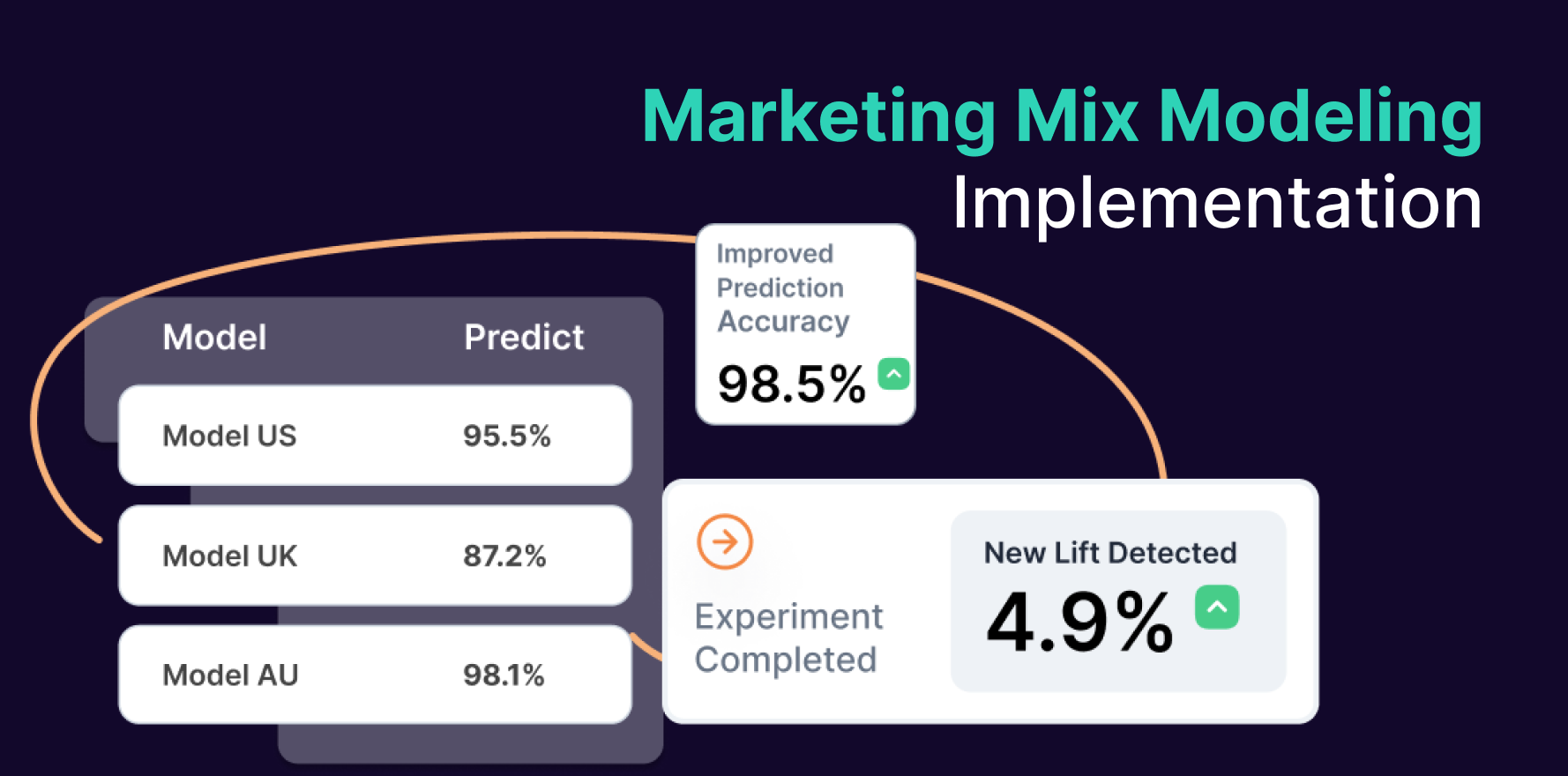
Short Description
Click-Through Rate (CTR) is a vital digital marketing metric that measures the percentage of people who click on a specific link or call to action out of the total number who view it. It’s crucial for evaluating the effectiveness of online advertising, email campaigns, and website elements.
Introduction
In the vast ocean of digital marketing metrics, Click-Through Rate (CTR) stands out as a beacon of insight into user engagement and content effectiveness. Whether you’re running an email campaign, managing pay-per-click ads, or optimizing your website, understanding CTR can provide valuable guidance for your digital strategy. This guide will walk you through the ins and outs of CTR, from basic calculations to advanced applications and limitations.
Definitions of Key Terms
Before we dive into the calculation of CTR, let’s define some key terms:
- Click-Through Rate (CTR): The percentage of people who click on a specific link or call to action out of the total number who view it.
- Impressions: The number of times your content is displayed, regardless of whether it was clicked or not.
- Clicks: The number of times a link or call to action is clicked.
- Call to Action (CTA): A prompt on a website, advertisement, or piece of content that tells the user to take some specified action.
- Pay-Per-Click (PPC): An internet advertising model used to drive traffic to websites, where advertisers pay a fee each time one of their ads is clicked.
- Organic CTR: The click-through rate for non-paid search results or content.
- Ad Copy: The main text of an advertisement.
- Landing Page: The specific webpage that a person “lands” on after clicking a link.
- Conversion: The completion of a desired action by a user, such as making a purchase or filling out a form.
- A/B Testing: A method of comparing two versions of a webpage or app against each other to determine which one performs better.
The Formula to Calculate Click-Through Rate
The basic formula for calculating CTR is:
CTR = (Number of Clicks / Number of Impressions) x 100%
This formula gives you the CTR as a percentage.
Step-by-Step Guide to Calculating CTR
- Define Your Metric: Clearly identify what constitutes a “click” and an “impression” for your specific context.
- Choose Your Timeframe: Decide on the period over which you want to measure CTR (e.g., daily, weekly, monthly).
- Gather Your Data: Collect the number of clicks and impressions for your chosen timeframe.
- Apply the Formula: Divide the number of clicks by the number of impressions.
- Convert to Percentage: Multiply the result by 100 to get your CTR as a percentage.
Example Illustrating the CTR Formula
Let’s walk through a practical example to illustrate how to calculate CTR:
Suppose you’re running a Google Ads campaign, and over the past week, your ad has had:
- 10,000 impressions
- 300 clicks
Applying the CTR formula:
CTR = (300 / 10,000) x 100% = 3%
This means that 3% of the people who saw your ad clicked on it.
What CTR is Used For and Why It’s Important
CTR is a crucial metric for several reasons:
- Ad Performance: It helps evaluate the effectiveness of your ad copy, design, and targeting.
- Content Relevance: A high CTR often indicates that your content is relevant and appealing to your audience.
- User Engagement: It provides insight into how engaging your links, CTAs, or ads are to users.
- Search Engine Optimization: For organic search results, CTR is a factor in search engine rankings.
- Email Marketing: CTR helps measure the success of email subject lines and content.
- Cost Efficiency: In PPC advertising, a higher CTR can lead to lower costs per click and better ad positions.
- A/B Testing: CTR is often used as a key metric when testing different versions of ads, emails, or webpage elements.
Where CTR Calculation is Applied
CTR calculations are applied across various digital marketing contexts:
- Search Engine Marketing: Evaluating the performance of PPC ads on platforms like Google Ads and Bing Ads.
- Social Media Advertising: Assessing ad performance on platforms like Facebook, Instagram, and LinkedIn.
- Display Advertising: Measuring the effectiveness of banner ads and retargeting campaigns.
- Email Marketing: Analyzing the performance of links within email campaigns.
- Organic Search: Evaluating the click-through rates of organic search listings.
- Content Marketing: Assessing how often readers click on links within blog posts or other content.
- Affiliate Marketing: Measuring the performance of affiliate links.
- Mobile App Marketing: Evaluating the effectiveness of app install ads.
- Website Optimization: Analyzing the performance of internal links and call-to-action buttons.
- Video Advertising: Measuring click-through rates on video ad overlays or end screens.
Limitations of CTR
While CTR is a valuable metric, it has several limitations:
- Doesn’t Measure Quality: A high CTR doesn’t necessarily mean high-quality traffic or conversions.
- Context Dependent: What’s considered a “good” CTR varies widely across industries and platforms.
- Ignores Post-Click Behavior: CTR doesn’t provide information about what happens after the click.
- Can be Misleading: Clickbait tactics can lead to high CTRs but poor user experience.
- Doesn’t Account for Brand Awareness: Some ads may have low CTRs but still contribute to brand recognition.
- Affected by Ad Position: Ads in higher positions typically have higher CTRs, regardless of quality.
- Doesn’t Consider Costs: CTR alone doesn’t indicate the cost-effectiveness of an ad campaign.
- Can Encourage Bad Practices: Focusing solely on CTR can lead to tactics that harm overall marketing effectiveness.
- Not Suitable for All Goals: For branding campaigns, impressions might be more important than clicks.
- Susceptible to Fraud: Click fraud can artificially inflate CTR, especially in PPC advertising.
Factors Impacting CTR
Several factors can significantly impact your CTR:
- Relevance: How well your content or ad matches the user’s intent or interests.
- Ad Copy or Content Quality: The appeal and clarity of your message.
- Visual Elements: The design and imagery used in ads or content.
- Call to Action: The effectiveness of your CTA in prompting clicks.
- Targeting: How well you’re reaching your intended audience.
- Ad Position or Placement: Where your ad or content appears on the page or in search results.
- Device Type: CTRs often vary between desktop and mobile users.
- Time and Day: When your ad or content is shown can affect CTR.
- Competition: The number and quality of competing ads or content.
- Brand Recognition: Known brands often see higher CTRs.
Other Strategies for Assessment
While CTR is crucial, it should be used alongside other metrics for a comprehensive assessment:
- Conversion Rate: Measures how often clicks lead to desired actions.
- Bounce Rate: Indicates how often users leave immediately after clicking.
- Time on Site: Measures how long users stay after clicking.
- Cost Per Click (CPC): The average cost of each click.
- Quality Score: (For PPC) A metric that search engines use to rate the quality and relevance of your ads and keywords.
- Return on Ad Spend (ROAS): Measures the revenue generated for every dollar spent on advertising.
- Impression Share: Shows how often your ad is shown compared to the total number of opportunities.
- Engagement Rate: Measures how users interact with your content beyond just clicks.
- Customer Lifetime Value (CLV): Estimates the total value a customer brings over their entire relationship with your business.
- Brand Lift: Measures the increase in brand awareness and perception due to an ad campaign.
The Relationship Between CTR and Other Metrics
Understanding how CTR relates to other metrics provides a more comprehensive view of performance:
- CTR and Conversion Rate: A high CTR with a low conversion rate might indicate a mismatch between ad promise and landing page delivery.
- CTR and Quality Score: In PPC, higher CTRs often lead to better Quality Scores, which can lower costs and improve ad positions.
- CTR and Bounce Rate: A high CTR coupled with a high bounce rate might suggest clickbait tactics or landing page issues.
- CTR and Cost Per Click: Generally, as CTR improves, CPC decreases in PPC advertising.
- CTR and Impression Share: Improving CTR can lead to higher impression share in competitive ad auctions.
- CTR and ROI: While not directly correlated, CTR is a factor in determining overall return on investment.
- CTR and SEO: For organic search results, a higher CTR can positively influence search rankings.
Benefits of Calculating CTR
Regularly calculating and analyzing CTR offers numerous benefits:
- Performance Insight: Provides a clear metric for how well your ads or content are performing in attracting clicks.
- Optimization Opportunities: Helps identify areas for improvement in your ad copy, design, or targeting.
- Cost Management: In PPC, understanding and improving CTR can lead to more cost-effective advertising.
- Competitive Advantage: Benchmarking your CTR against industry standards can give you an edge over competitors.
- User Behavior Understanding: Offers insights into what motivates your audience to click.
- Content Strategy Refinement: Informs decisions about what type of content or messaging resonates with your audience.
- Ad Platform Optimization: Many ad platforms reward higher CTRs with better ad placement and lower costs.
- SEO Improvements: For organic listings, CTR data can guide title tag and meta description optimizations.
- A/B Testing Guidance: Provides a key metric for comparing different versions of ads or content.
- Campaign Forecasting: Historical CTR data can help predict performance of future campaigns.
Conclusion
Click-Through Rate is a fundamental metric in the digital marketing toolkit, offering valuable insights into the effectiveness of your ads, content, and overall online presence. By mastering the calculation and interpretation of CTR, marketers can make data-driven decisions to optimize their campaigns, improve user engagement, and drive better results.
However, it’s crucial to remember that while CTR is valuable, it should not be used in isolation. Combining CTR with other performance metrics, considering its limitations, and placing it in the broader context of your marketing goals will provide a more comprehensive view of your digital performance.
As the digital landscape continues to evolve, so too will the strategies for calculating and optimizing CTR. Staying informed about new ad formats, changing user behaviors, and emerging platforms will be essential for maintaining a competitive edge in the fast-paced world of digital marketing.
By regularly calculating, analyzing, and acting on CTR data, businesses can ensure they’re maximizing the impact of their digital presence, attracting the right audience, and ultimately driving growth in an increasingly competitive online environment.
Free essential resources for success
Discover more from Lifesight















